According to Daily Mail , the new Earth moon named "2023 FW13" was discovered by experts using the Pan-STARRS telescope located on top of the Haleakala volcano in Hawaii. This is one of the few known moons.
Experts believe that this “companion” has been near Earth since 100 BC and will continue to orbit our planet for at least another 1,500 years, until 3700 AD.
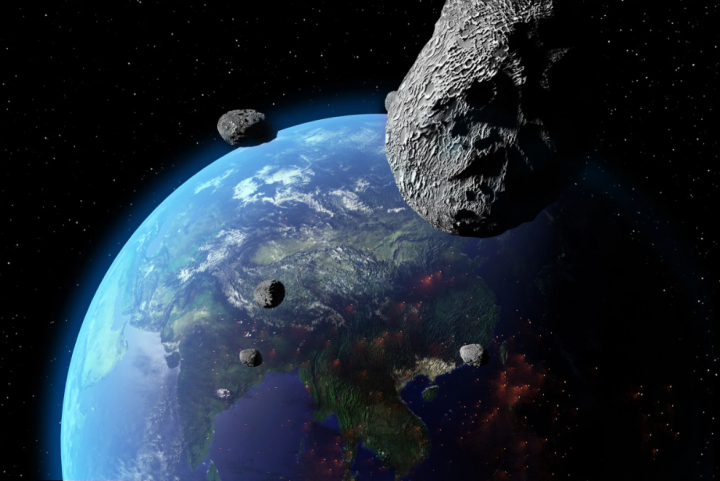
As a quasi-moon, 2023 FW13 will continue to orbit Earth for at least another 1,500 years, until 3700 AD.
Neither 2023 FW13 nor the similar quasi-moon 469219 Kamoʻoalewa pose any threat to humans.
Semi-moons, also known as quasi-satellites, typically orbit the Earth like our natural satellite, the Moon. They are called “semi-moons” because they are gravitationally bound to the Sun rather than the Earth, unlike the natural Moon.
2023 FW13 differs from a natural Moon because it orbits outside Earth's Hill atmosphere - this is the region around a planet where its own gravity is the dominant force attracting satellites.
Earth's Hill Sphere has a radius of 1.5 million km, while 2023 FW13's radius is slightly larger than Earth's, about 2.57 million km.
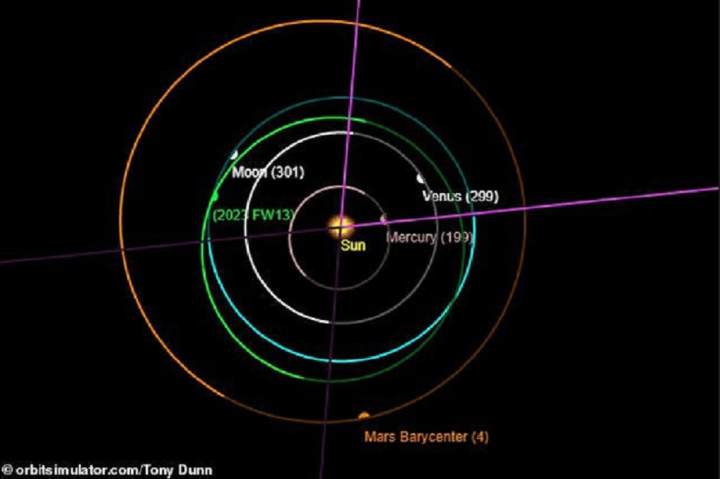
The position of the moon 2023 FW13 relative to Earth and other planets in the solar system. (Photo: Tony Dunn)
That distance is equivalent to 0.18 astronomical units, so large that Earth plays essentially no role in the motion of this quasi-moon.
Although the size of 2023 FW13 is unknown, asteroid expert Richard Binzel estimates it to be around 10 to 15 meters in diameter.
2023 FW13's orbit around the Sun takes almost exactly the same time as Earth – 365.42 days (1.0005 Earth years).
Tra Khanh (Source: Daily Mail)
Useful
Emotion
Creative
Unique
Source





![[Photo] 60th Anniversary of the Founding of the Vietnam Association of Photographic Artists](/_next/image?url=https%3A%2F%2Fvphoto.vietnam.vn%2Fthumb%2F1200x675%2Fvietnam%2Fresource%2FIMAGE%2F2025%2F12%2F05%2F1764935864512_a1-bnd-0841-9740-jpg.webp&w=3840&q=75)

![[Photo] National Assembly Chairman Tran Thanh Man attends the VinFuture 2025 Award Ceremony](/_next/image?url=https%3A%2F%2Fvphoto.vietnam.vn%2Fthumb%2F1200x675%2Fvietnam%2Fresource%2FIMAGE%2F2025%2F12%2F05%2F1764951162416_2628509768338816493-6995-jpg.webp&w=3840&q=75)


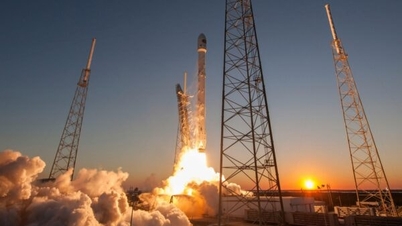

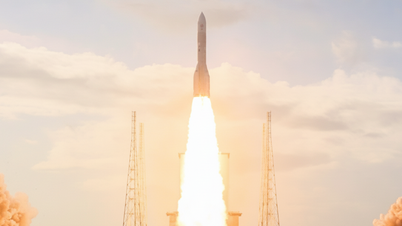



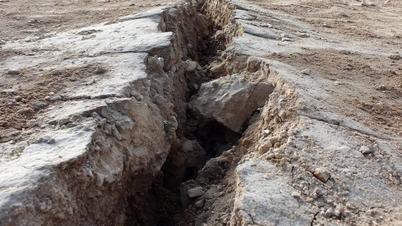














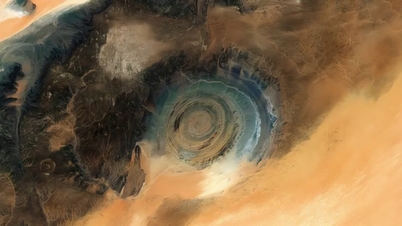














































































Comment (0)